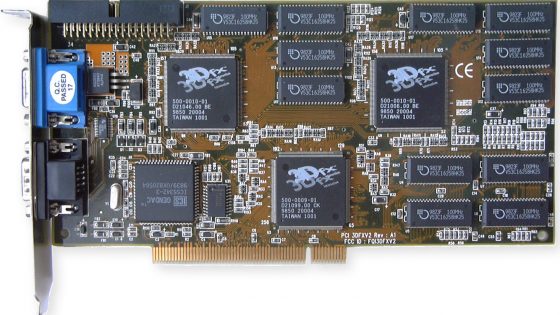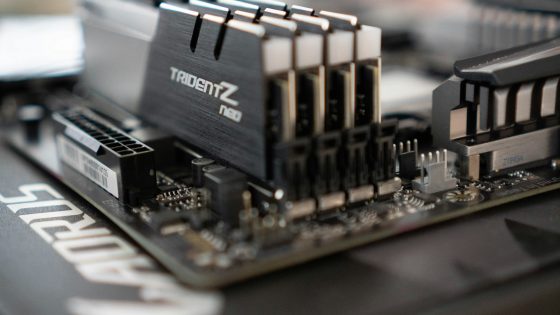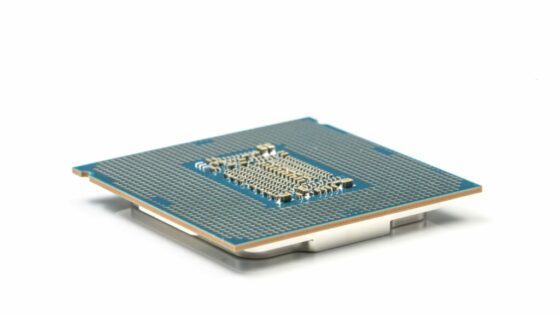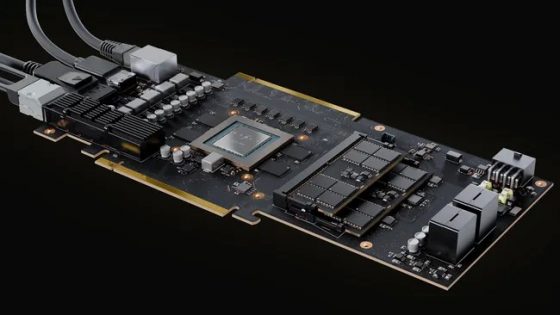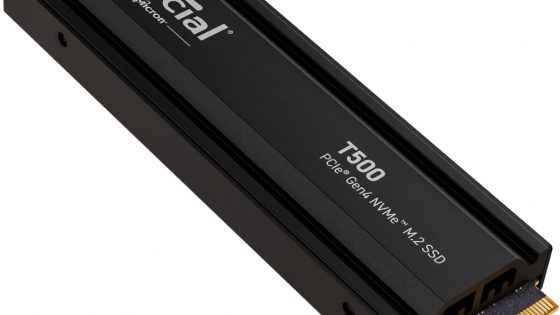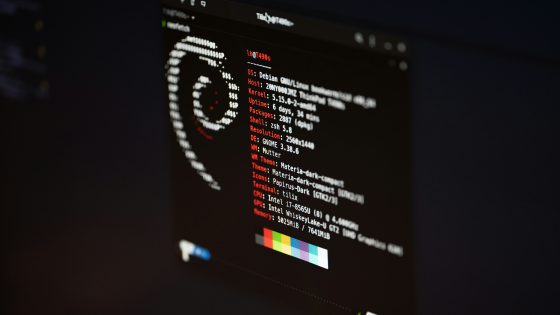The end of cables for modern graphics cards?
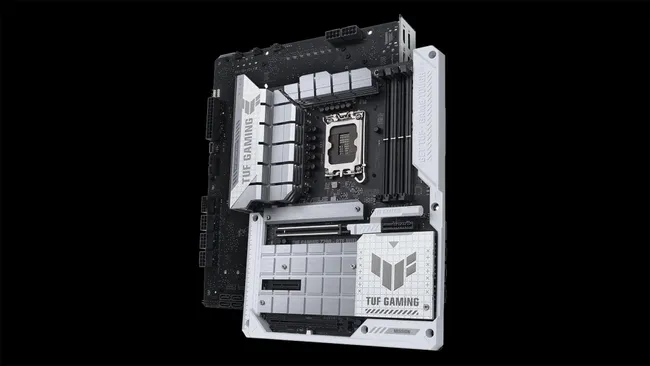
Since the introduction of the PCIe connector in the early 2000s, the standard has been limited to 75 watts of power from the slot. That was enough for entry-level graphics cards, but not enough for most modern designs. Asus wants to change that with a concept that allows up to 250 watts of power through a modified PCIe slot.
According to IT Home, Asus is taking advantage of the unused portion of the front PCIe interface. By combining five 12V lines and improving their width, thickness, and conductivity, the current carrying capacity is greatly increased. The images from above show significantly larger contacts than in regular PCIe slots.
For additional power, there's another 8-pin PCIe connector on the motherboard. This design could eliminate the need for additional cables to power graphics cards and allow for cleaner, wireless builds.
Although Asus already uses its own GC-HPWR connector for BTF products, this PCIe interface change could be a more affordable solution for the wider market. The 250 watts of power is not enough for the most powerful graphics cards, but it is enough for models like the AMD Radeon RX 9060 XT and RX 9070, which consume around 160W and 220W respectively.
However, the new concept remains experimental. Adoption would require new motherboard and graphics card designs, and changes to the PCIe standard could make wider implementation difficult.





